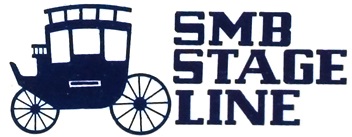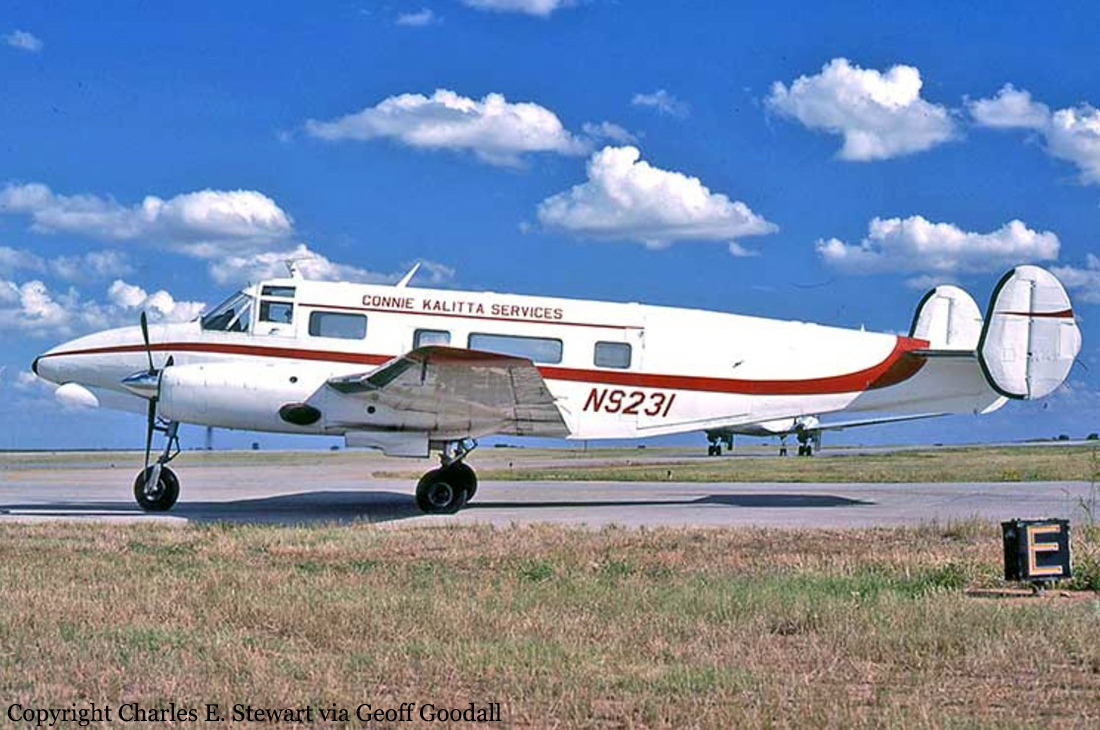Crash of a Britten-Norman BN-2A-26 Islander near Desert Center: 2 killed
Date & Time:
Oct 31, 1987 at 1330 LT
Registration:
N25MR
Survivors:
No
Schedule:
El Paso - Santa Paula
MSN:
881
YOM:
1980
Crew on board:
1
Crew fatalities:
Pax on board:
1
Pax fatalities:
Other fatalities:
Total fatalities:
2
Captain / Total hours on type:
3.00
Aircraft flight hours:
1119
Circumstances:
The pilot was hired to ferry an Islander from El Paso, TX to Santa Paula, CA. He represented himself to the ferry company as being an experienced Islander pilot. No previous Islander flight time was found in the pilot's logbook. It was the pilot's 40th birthday and he was anxious to complete the flight. He neither filed flight plans nor had current charts. Approaching the Chiriaco summit area along I-10 the terrain rose and a ground-based witness reported clouds were low. The pilot continued the westbound flight. Evidence indicated an overstressed aircraft and an in-flight breakup. Both occupants were killed.
Probable cause:
Occurrence #1: airframe/component/system failure/malfunction
Phase of operation: maneuvering
Findings
1. (f) weather condition - low ceiling
2. Terrain condition - rising
3. (f) in-flight planning/decision - improper - pilot in command
4. (f) self-induced pressure - pilot in command
5. Lack of total experience in type of aircraft - pilot in command
6. (c) design stress limits of aircraft - exceeded - pilot in command
7. Wing - separation
8. Flight control surfaces/attachments - separation
----------
Occurrence #2: in flight collision with terrain/water
Phase of operation: descent - uncontrolled
Phase of operation: maneuvering
Findings
1. (f) weather condition - low ceiling
2. Terrain condition - rising
3. (f) in-flight planning/decision - improper - pilot in command
4. (f) self-induced pressure - pilot in command
5. Lack of total experience in type of aircraft - pilot in command
6. (c) design stress limits of aircraft - exceeded - pilot in command
7. Wing - separation
8. Flight control surfaces/attachments - separation
----------
Occurrence #2: in flight collision with terrain/water
Phase of operation: descent - uncontrolled
Final Report:





